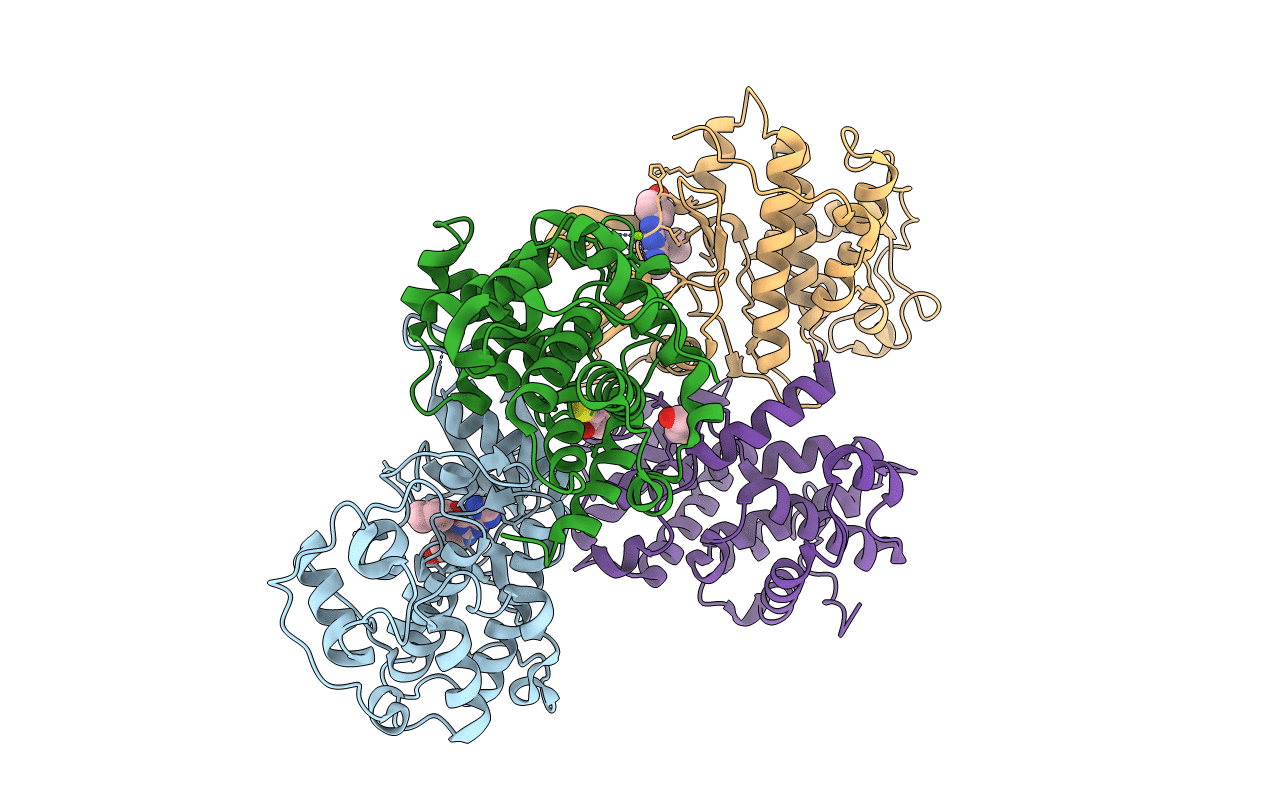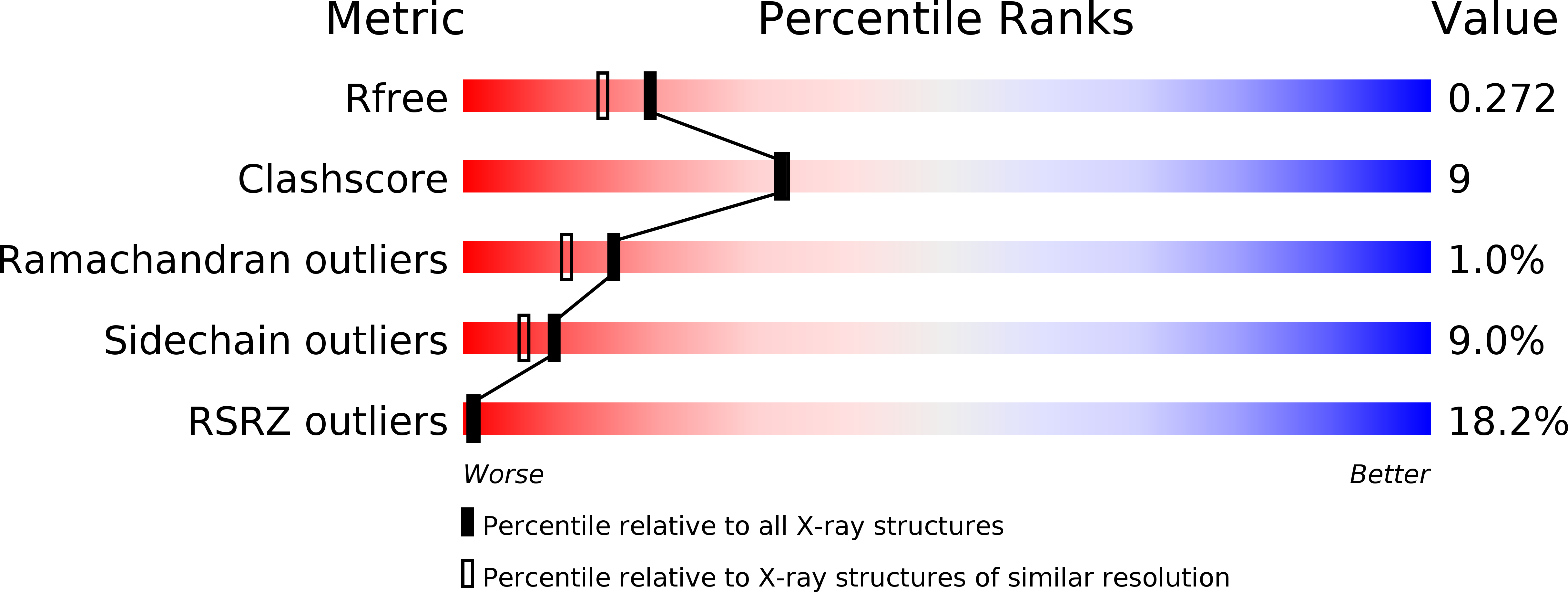
Deposition Date
2003-06-10
Release Date
2004-07-13
Last Version Date
2024-11-20
Entry Detail
PDB ID:
1OI9
Keywords:
Title:
Structure of human Thr160-phospho CDK2/cyclin A complexed with a 6-cyclohexylmethyloxy-2-anilino-purine inhibitor
Biological Source:
Source Organism:
HOMO SAPIENS (Taxon ID: 9606)
Host Organism:
Method Details:
Experimental Method:
Resolution:
2.10 Å
R-Value Free:
0.27
R-Value Work:
0.23
Space Group:
P 21 21 21


